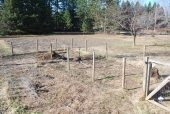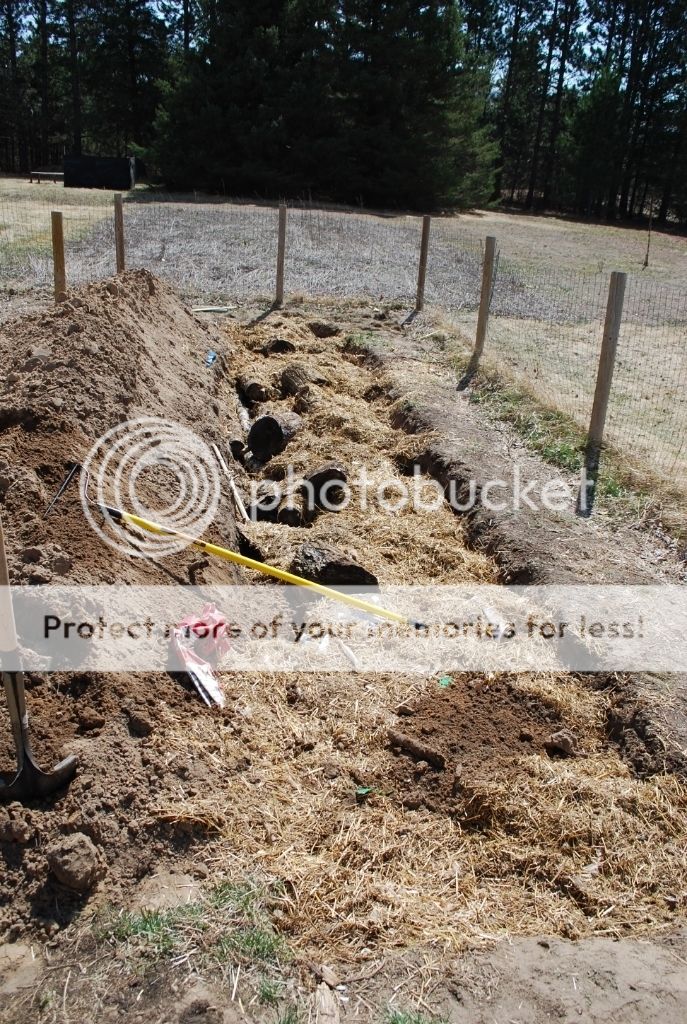Hello all ... my name is Quintin. This year we are starting the process of converting our garden into hugelkultur beds. I thought it would be fun to take pictures of my first bed and document the creation process and, as the season progresses, progress of the hugelkultur bed.
So, here goes ...
This will be a dug hugelkultur bed. Originally, I thought I would have it level but I think I've changed my mind and will have whatever mound is created by putting back all the dirt that is removed.
Where I live, East Central Minnesota, the soil is sand. There is virtually no clay. It can be a lot of work to keep things watered. Hopefully, hugelkultur will be the answer to that.
Day 1
This was actually yesterday. The goal was to get the bed dug and filled with wood.
This is the area I'm starting with. My boys have been into digging lately. A couple weeks ago I told them if they were going to dig holes, they may as well do it productively and I got them started on the bed. The pile you see is how much they got done.
This is the bed after I went around and defined my outline plus a little bit of a first pass.
First pass is done.
Here I am with my helpers. I think this is in the middle of the third pass.
Picture time is over ... back to work!
Three passes and I think we're good. It's gonna have to do ... I'm done digg'n!

A few hours have pass while I went to town and then ate dinner. After dinner, we placed our wood.
The bottom layer of wood is poplar that has been sitting for about 3 years. I cut it after our first year here, not knowing any better, thinking it was birtch and would make good firewood (which isn't, necessarily, true anyway). A friend informed me it was "popple". It would not make good firewood so, instead of putting any more energy into it, it sat. It will make for good hugelkultur, though! I'm hoping since it is nice and dry and rotting that my bed see effects this year. There is also some oak that was too big to split scattered about the top layer. It has also been sitting for a couple years.

On day 2 (today) I will add some deep litter bed from the chicken coop and backfill with the dirt.


















